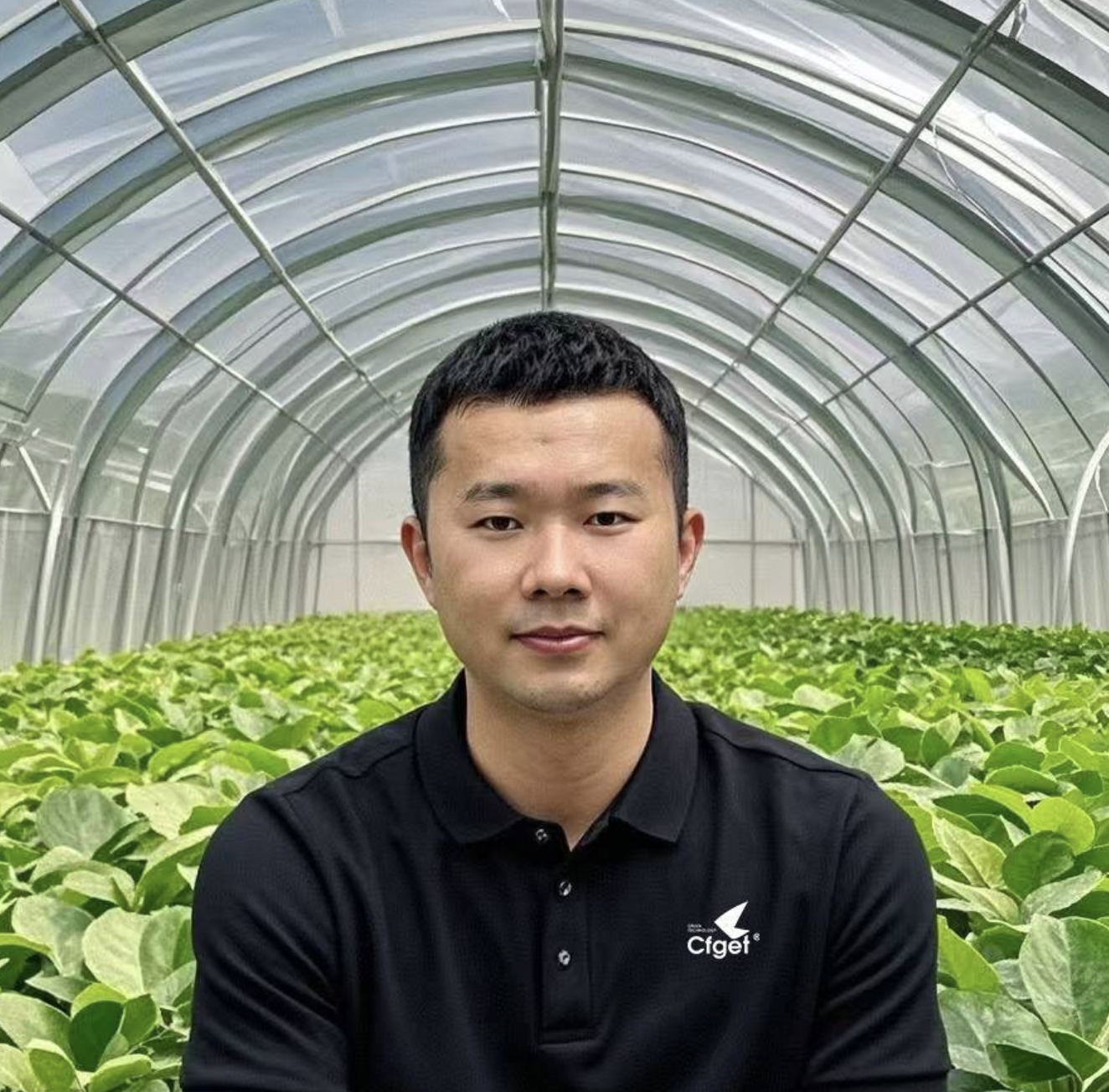With the growing interest in healthy eating, greenhouse tomatoes have become a popular choice for many growers due to their high yield and quality. If you are looking for effective ways to increase the yield and quality of your greenhouse tomatoes, this article provides practical guidance. From seedlings to harvest, we will explore how to manage the entire growth process for optimal results.
1. Seedling Production: Improving Germination and Seedling Vigor
Seedling production is the first step in greenhouse tomato cultivation and directly affects subsequent growth and yield. To enhance germination and seedling vigor, consider the following measures:
1. Choose Quality Seeds: Selecting high-yield and disease-resistant tomato varieties can significantly improve germination rates. Quality seeds lay the foundation for high productivity.
2. Use Suitable Growing Medium: A mixture of coconut coir, peat, and perlite provides good aeration and moisture retention, promoting healthy root growth. This mixture can also help reduce disease incidence in seedlings.
3. Manage Temperature and Humidity: Maintaining a temperature of 25-30°C and humidity levels of 80-90% is crucial for seed germination. Utilizing heating pads and humidifiers in the seedling room can effectively enhance the growing environment.
4. Provide Adequate Light: Sufficient light is essential, especially during winter. Using LED grow lights for 12-16 hours a day can promote rapid seedling growth. Adequate light helps seedlings develop strong and vigorous roots.

2. Water and Nutrient Management: Precision Irrigation and Fertilization Strategies
Effective water and nutrient management is key to achieving high yields in greenhouse tomatoes. Precision irrigation and fertilization can significantly enhance both yield and quality.
1. Drip Irrigation System: Implementing a drip irrigation system allows water to be delivered directly to the root zone, minimizing evaporation and waste. Many growers use moisture sensors to automatically adjust irrigation frequency for optimal water delivery.
2. Integrated Water and Fertilizer Application: Incorporating nutrient solutions during irrigation ensures that plants receive balanced nutrition throughout their growth stages. Adjusting the ratios of nitrogen, phosphorus, and potassium based on the growth phase can meet the specific needs of tomatoes.
3. Fertilization Plans: Develop a fertilization plan based on the growth stages of the plants. For instance, increasing nitrogen fertilizer during the seedling phase promotes foliage growth, while boosting phosphorus and potassium during flowering and fruiting enhances fruit quality.
3. Pruning and Training Techniques: Optimizing Plant Growth and Fruit Development
Pruning and training are essential techniques for increasing the yield and quality of greenhouse tomatoes. These methods help optimize plant growth and improve fruit development.
1. Pruning: Regularly removing lateral branches and weak shoots reduces nutrient waste and ensures that the main stem receives sufficient light and nutrients. Weekly inspections of plants can help maintain healthy growth by removing unnecessary branches.
2. Training Plants: Properly controlling plant height and density based on the cultivation method is essential. For tomatoes grown vertically, using a single-stem training system can concentrate nutrients and improve fruit quality.
3. Growth Regulators: Applying growth regulators at the right time can help control plant growth rates and improve fruit quality. Using these regulators has been shown to significantly increase average fruit weight.

4. Strategies for Maximizing Yields and Quality
Achieving high yields and quality in greenhouse tomatoes requires a combination of strategies.
1. Integrated Management: Regularly monitor environmental conditions and plant growth to make timely adjustments. Using temperature and humidity sensors, along with soil moisture sensors, enables growers to maintain optimal conditions.
2. Pest and Disease Control: Implementing effective pest and disease management strategies can reduce the incidence of issues. Combining biological control with physical methods, such as introducing beneficial insects and using insect traps, minimizes the reliance on chemical pesticides.
3. Timely Harvesting: Arrange harvest schedules based on fruit maturity and market demand. Harvesting ripe fruit at the right time ensures freshness and enhances market competitiveness.
4. Post-Harvest Management: After harvesting, promptly sort, package, and store the tomatoes to maintain freshness during transportation. Using ventilated packaging helps minimize fruit damage.
Welcome to have a further discussion with us!

Post time: May-07-2025







 Click to Chat
Click to Chat